materials science and engineering
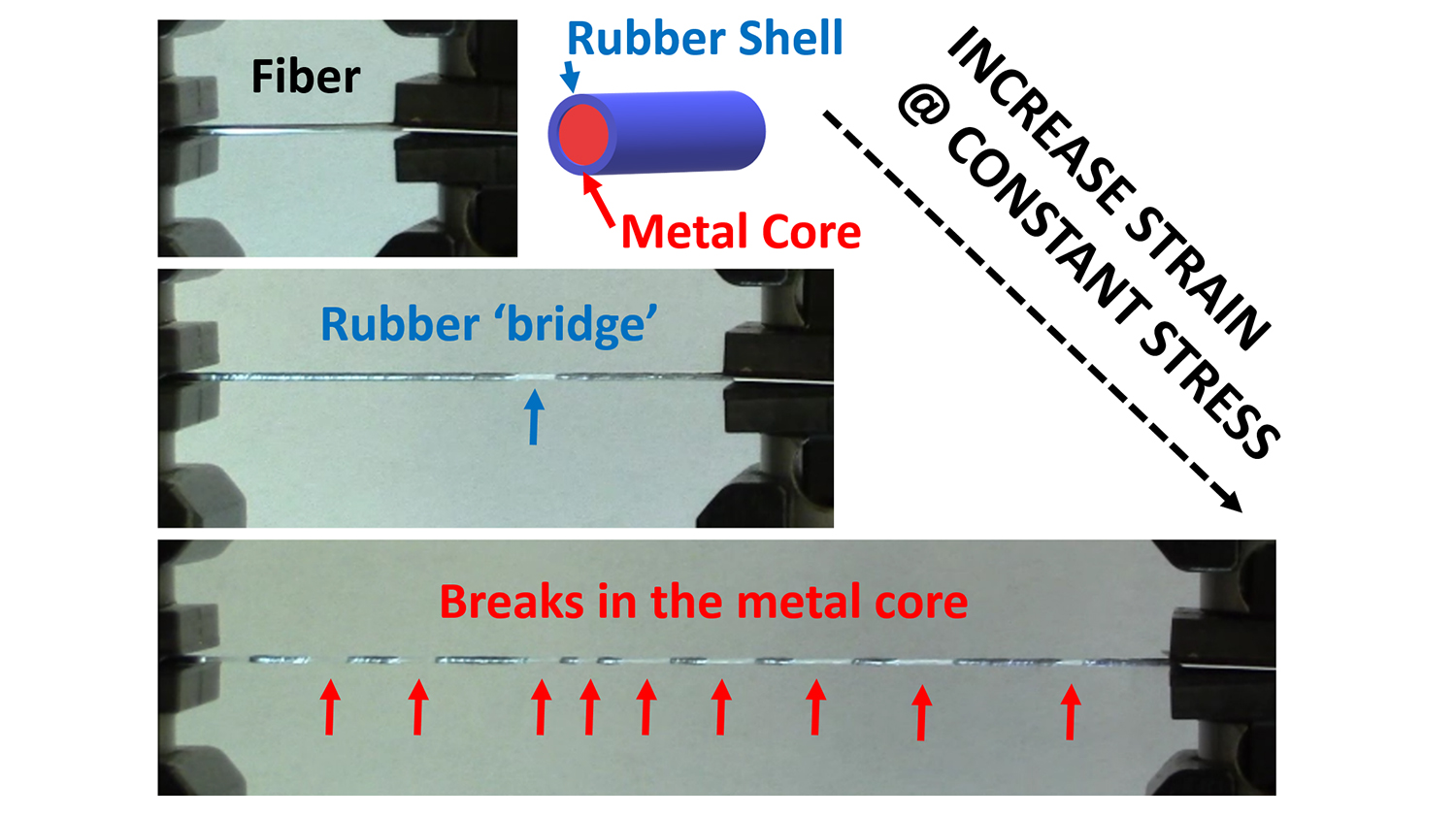
Researchers Engineer a Tougher Fiber

Veronica Augustyn Named Sloan Research Fellow

New Method Allows Direct Conversion of Carbon Fibers and Nanotubes Into Diamond Fibers

For First Time, Researchers Can Measure Insecticide on Surface of Mosquito Nets
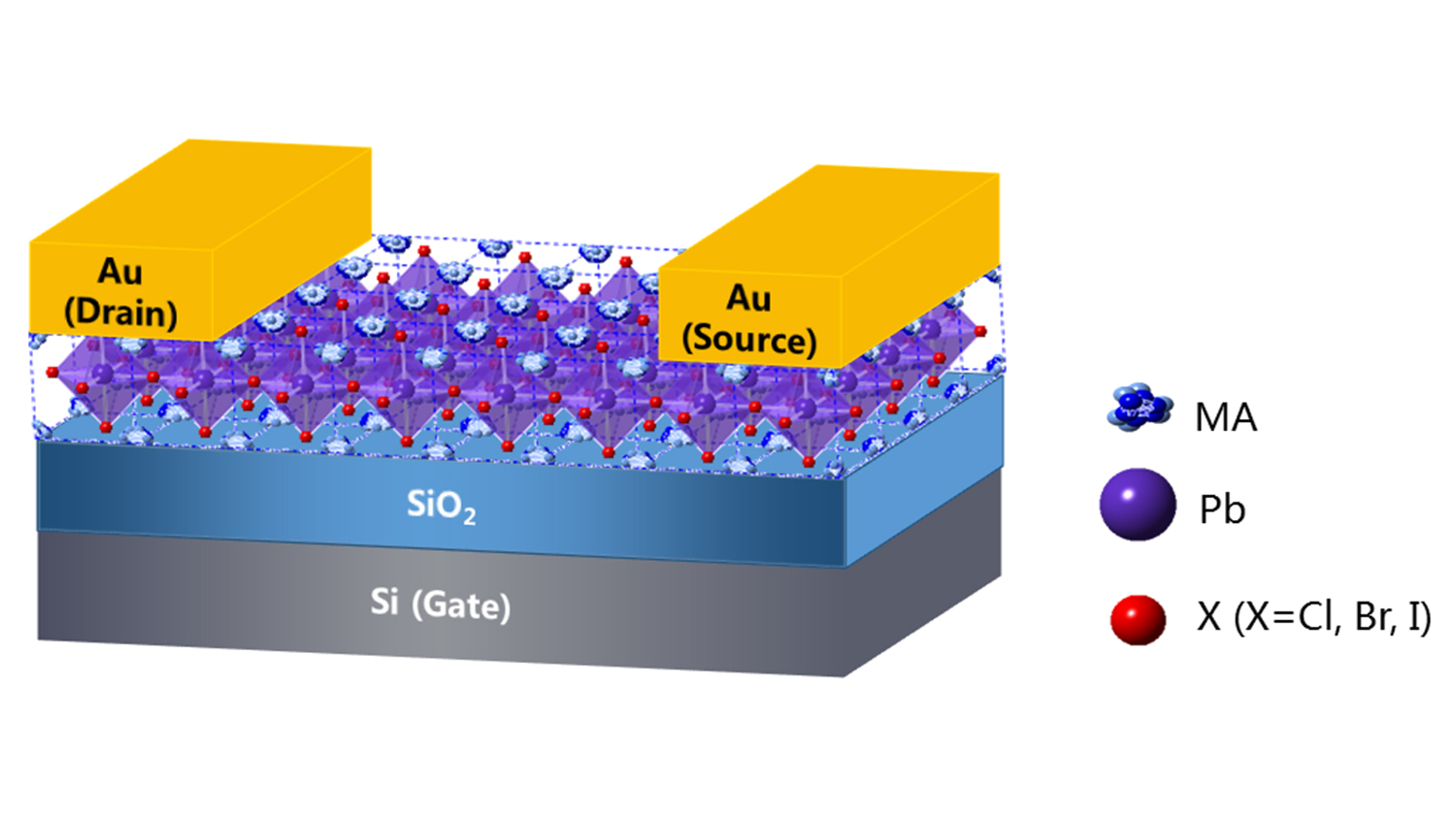
Technique Allows Integration of Single-Crystal Hybrid Perovskites Into Electronics
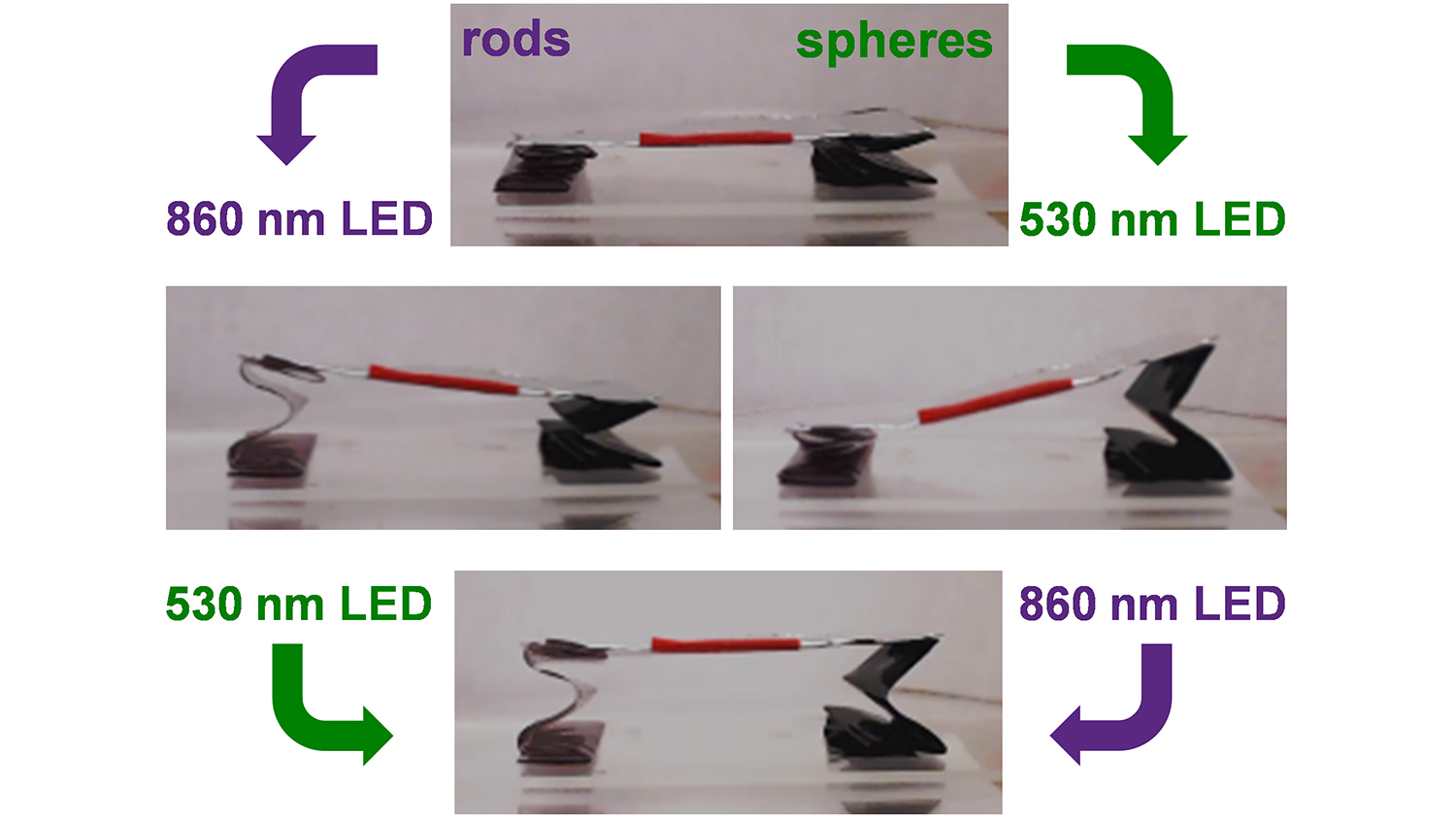
Using Gold Nanoparticles to Trigger Sequential Unfolding of 3-D Structures
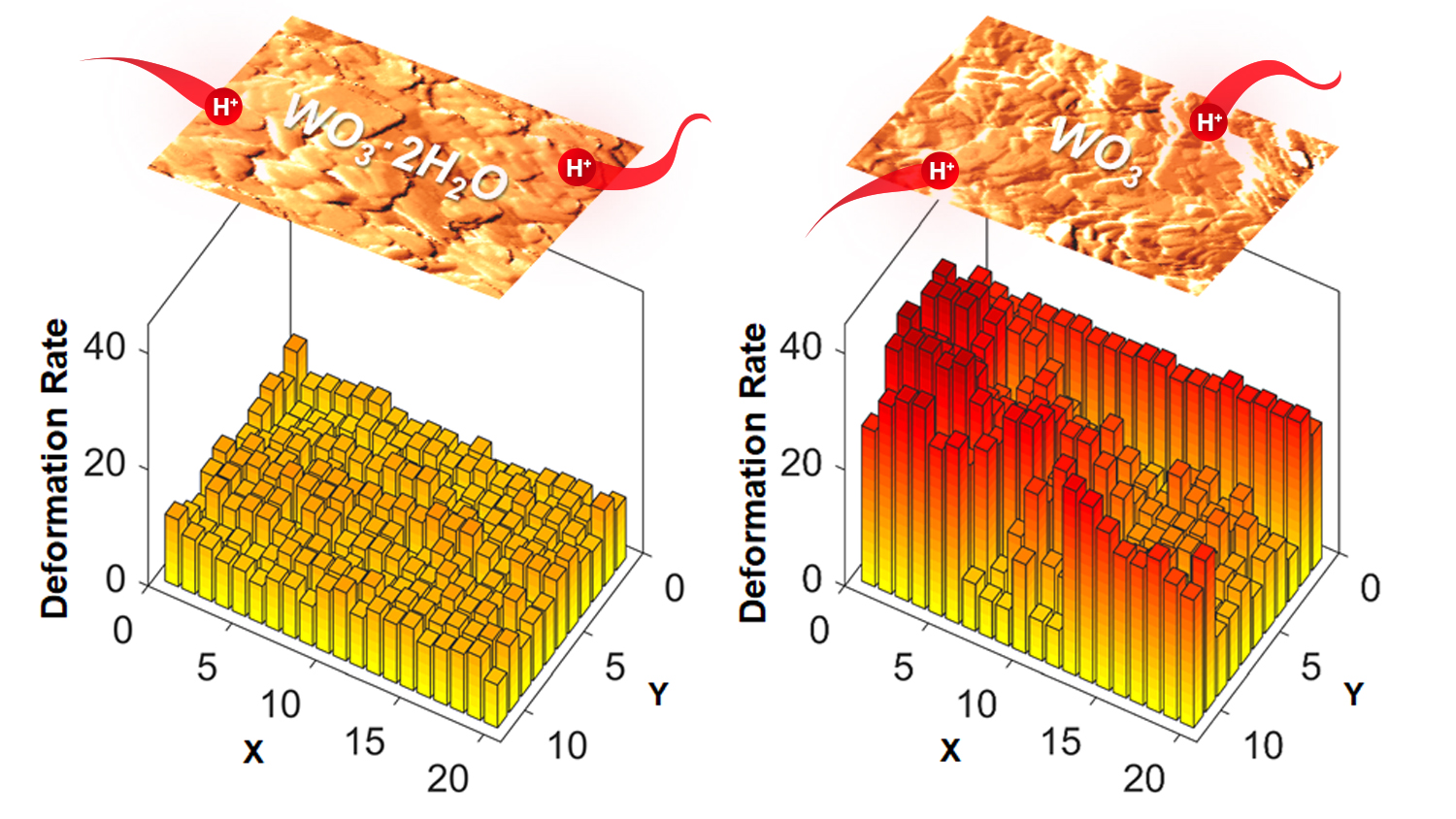
Microscopy Advance Reveals Unexpected Role for Water in Energy Storage Material
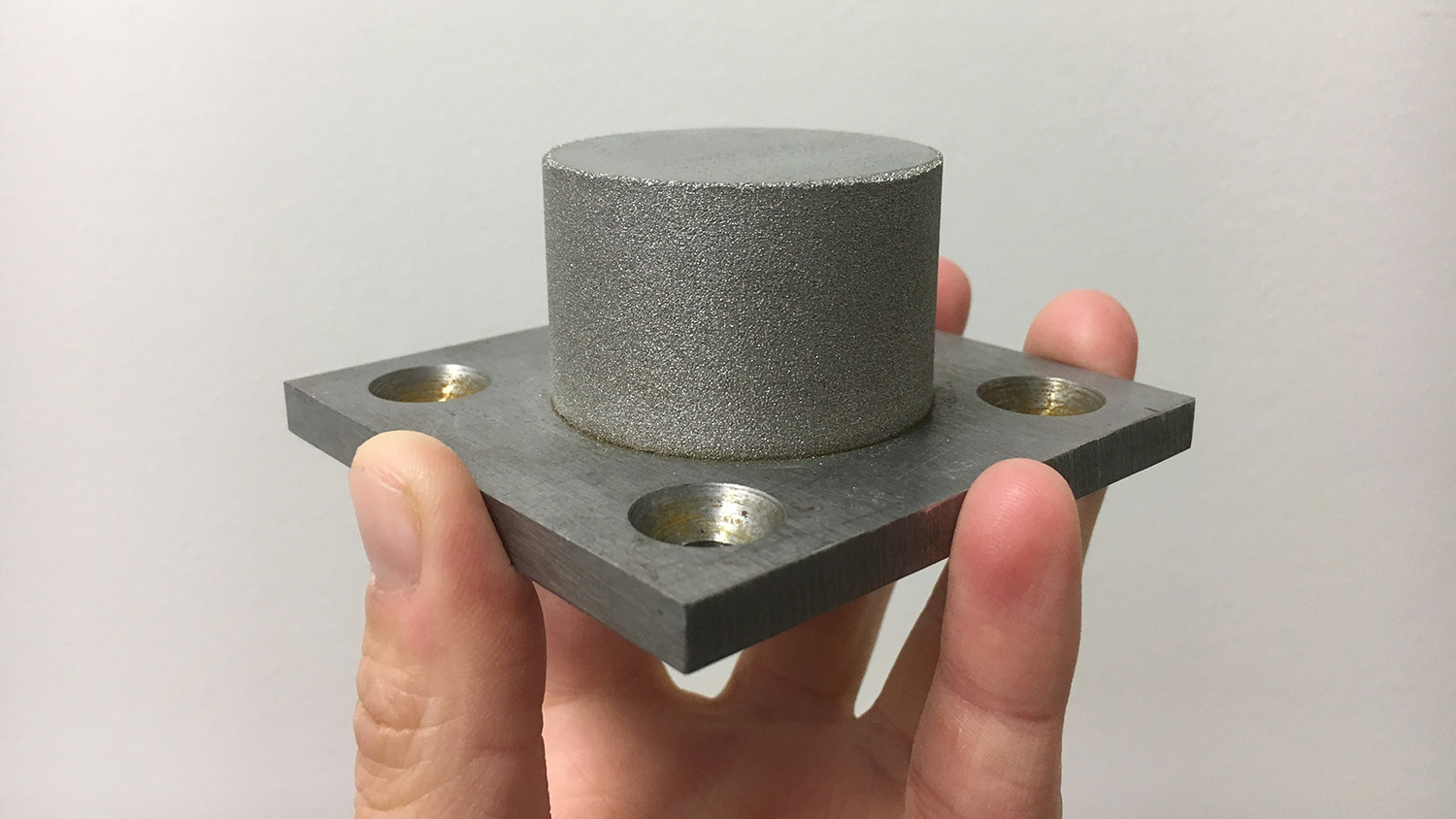
Researchers Use 3-D Printing to Create Metallic Glass Alloys in Bulk

Tackling Perceived Bias in Engineering Education
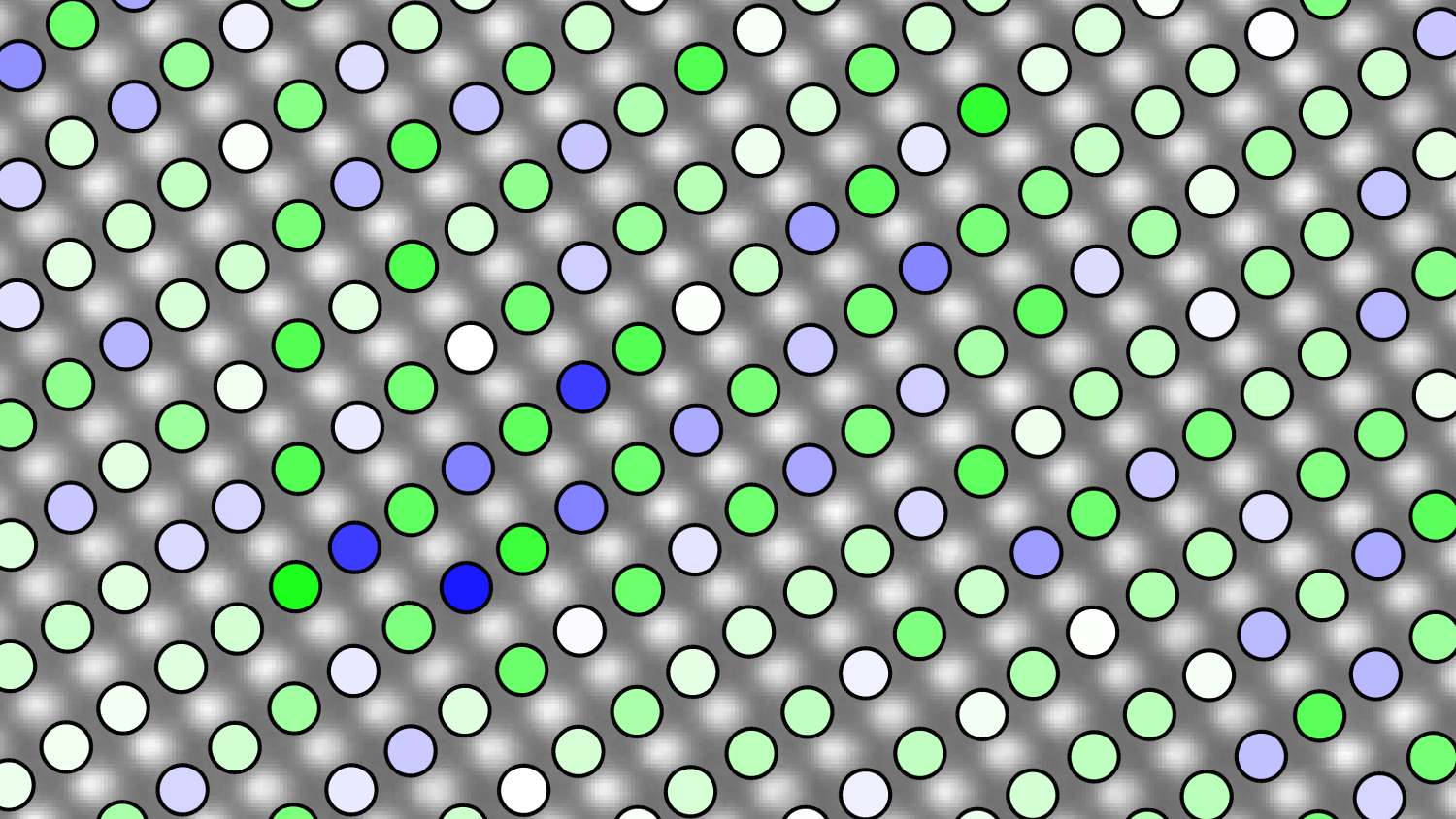
Atomic Structure of Ultrasound Material Not What Anyone Expected

Researchers Find New Way to Control Light with Electric Fields

‘Persistent Photoconductivity’ Offers New Tool for Bioelectronics
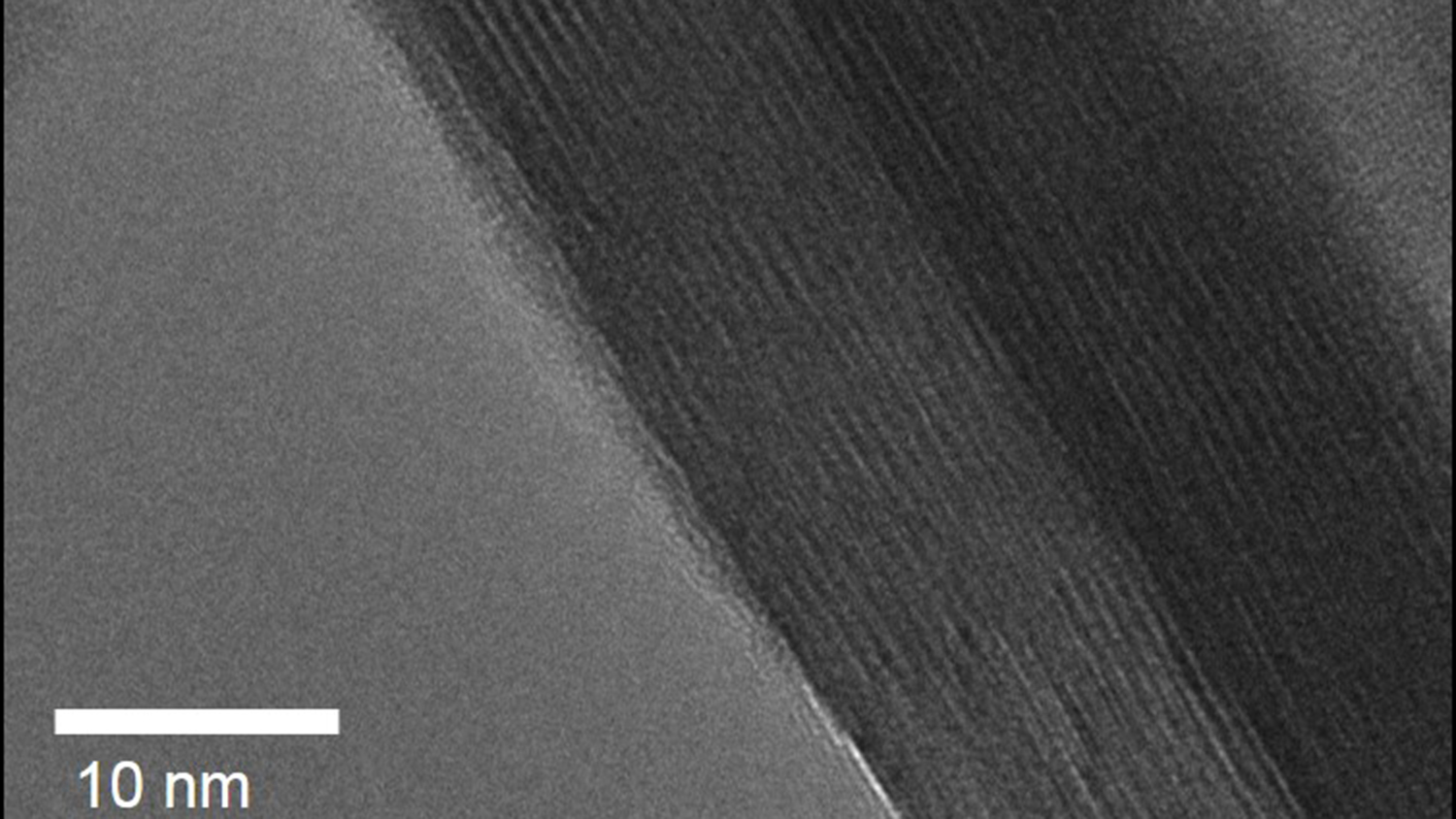
Thin Layers of Water Hold Promise for the Energy Storage of the Future

From Atoms to Batteries to the Workforce of the Future: Why Research Matters
